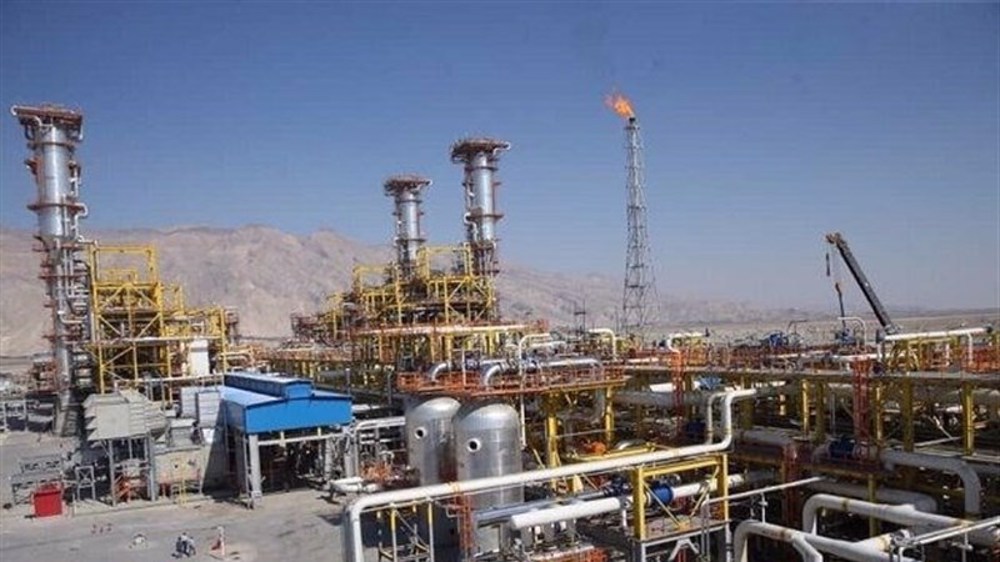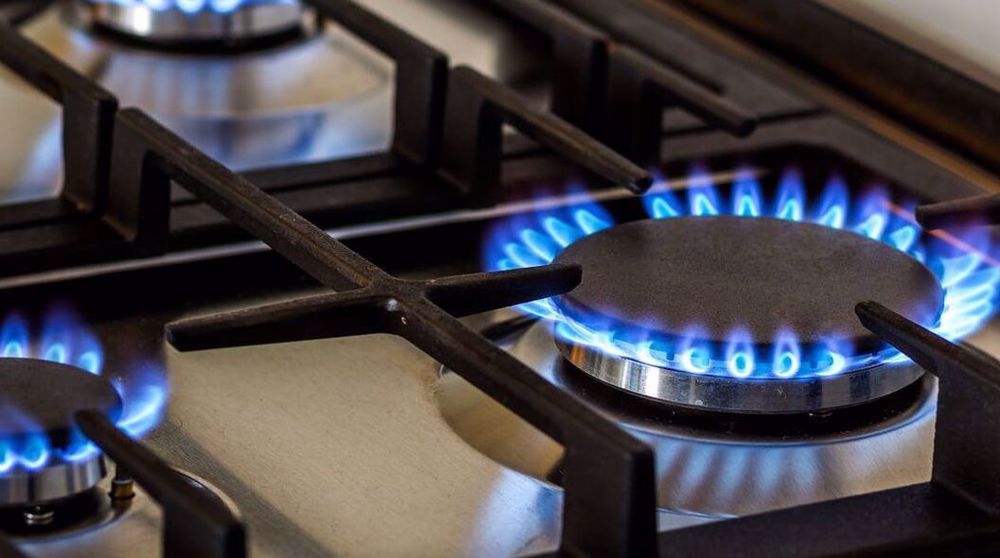China to replace Saudi with Iran, Russia oil: Platts
China state-run refiner Sinopec will cut back on its nominations of Saudi Arabian crude in May after the major OPEC producer's latest official selling prices came out above market consensus, potentially providing other producers in the Middle East and Asia Pacific with a chance to boost sales to the giant Asian consumer.
Sinopec, one of Saudi Aramco's biggest customers, has opted for lower nominations in May in response to the higher-than-expected OSPs; the Chinese end-user will take 40% less volume than allocated in the month across all Saudi export grades, an official at the company's trading arm Unipec told S&P Global Platts Tuesday.
Late last week, Saudi Aramco lowered the majority of its OSP differentials for crudes heading to Asia in May from April levels, but several Asian end-users were still disappointed, as they had expected much bigger cuts.
In addition, Aramco surprised many Asian customers by raising its Arab Light crude OSP differential for May by 10 cents/b from April, contrary to Asian market consensus of a minimum 20 cent/b cut.
"We reacted by significantly cutting [May-loading Saudi term crude] offtake," the Unipec official said.
Asian trade sources said various Middle Eastern producers, as well as suppliers in Russia, the US and Brazil, may cheer Sinopec's latest decision to significantly reduce its Saudi crude intake as the giant Chinese consumer is expected to look for other supply sources to make up the shortfall.
"We don't have a final decision yet ... [but] supplies from the Middle East are quite flexible," a second source at Unipec said, indicating that the trading firm was open to picking up additional barrels from other Persian Gulf producers.

Asian sour crude traders noted that China's traditional top supply sources including Russia, Iraq and Iran could potentially benefit the most from the reduction in Saudi exports, while Asia's biggest energy consumer could also raise its intake from the Americas, including the US and Brazil.
Latest trade data from China's General Administration of Customs showed the country's crude oil imports from its top supplier Russia rose 17.8% year on year to 5.05 million mt in February.
China's latest crude imports from the Americas were also higher, with its intake from Brazil in February surging 54.2% year on year to 2.4 million mt, while the country imported 909,000 mt from the US in the month compared with none a year earlier, the data showed.
Cheaper prices elsewhere
Saudi Aramco's higher-than-expected May OSPs could prompt various Asian refiners, including Chinese end-users, to seek cheaper alternatives within and outside the Middle East over the second quarter, regional sour crude traders said.
"The [May OSP differential] hike in Arab Light was too much ... the Dubai market structure last month indicated a cut of 30 cents/b at least. [Northeast Asian] refiners would very likely to cut Saudi intake and seek cheaper cargoes elsewhere," said a crude trading manager at a South Korean refiner.
"We have many other resources to replace the shortfall [Sinopec] will consider different resources all around the world with good prices," the second Unipec source said.
Trading sources pointed out that among the long list of potential alternative grades that Sinopec could choose from, Iranian Light, Russian ESPO Blend and US Mars Blend crudes seem economical.

The spread between Iranian Light and Arab Light OSP differentials have narrowed in recent months, with the Iranian grade priced 10 cents/b above the Saudi crude for April-loading cargoes bound for Asia, compared with a premium of 15 cents/b the month before.
Following the surprise hike in the Arab Light OSP differential for May, traders said the Iranian Light could be priced on par or even below the Saudi grade for the month.
Iran's National Iranian Oil Co. is expected to release its OSPs for May-loading crude later this week.
In Far East Russia, Asian traders noted that ESPO Blend crude appears rather attractive, as the price differential for the medium sweet grade has fallen to multi-month lows in recent weeks.
Platts most recently assessed the second-month ESPO Blend crude at a premium of $2.90/b to Platts front-month Dubai, the lowest since October 16 last year, when it was assessed at a $2.75/b premium.
Elsewhere, some traders said medium sour US Mars Blend could potentially make an economical alternative to Saudi Arab Light crude in the near term as long as North America-Asia freight rates remain low.
(Source: Platts)
Araghchi: Iran-Russia strategic deal step toward ‘more just world’
UNRWA unraveled amid Israel's allegations, reduced intl. support
Palestinian journalist, a Sobh Media Festival awardee, killed in Gaza hours before truce
Jan. 15: ‘Axis of Resistance’ operations against Israeli occupation
VIDEO | Fears, hope in Gaza amid intensified ceasefire efforts
VIDEO | Press TV's news headlines
Hamas: Ceasefire agreement result of steadfastness, resistance in Gaza over 15 months
Hamas thanks Iran, Resistance Front following achievement of ceasefire in Gaza










 This makes it easy to access the Press TV website
This makes it easy to access the Press TV website